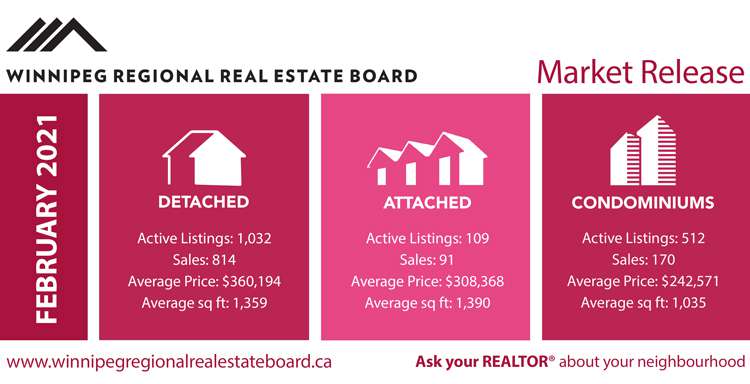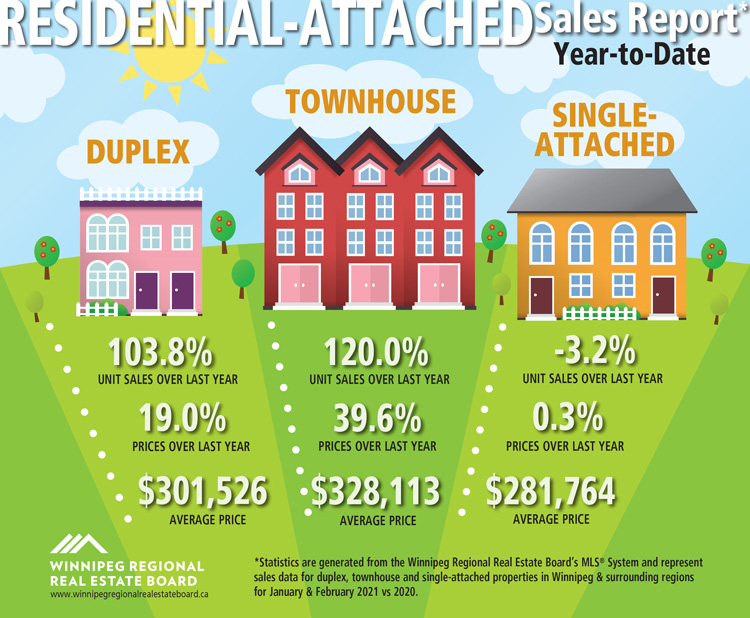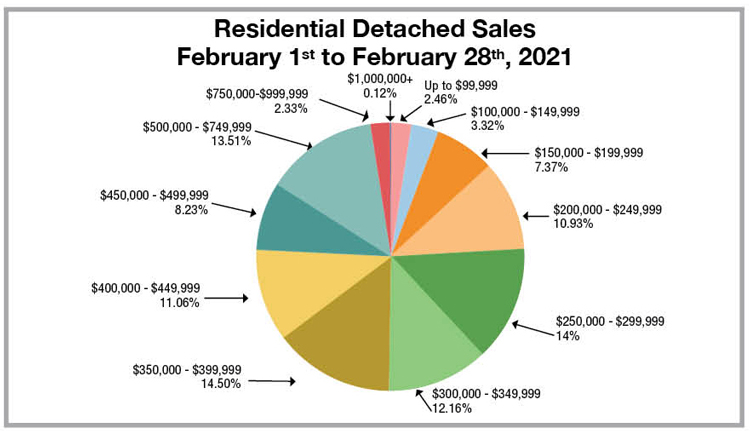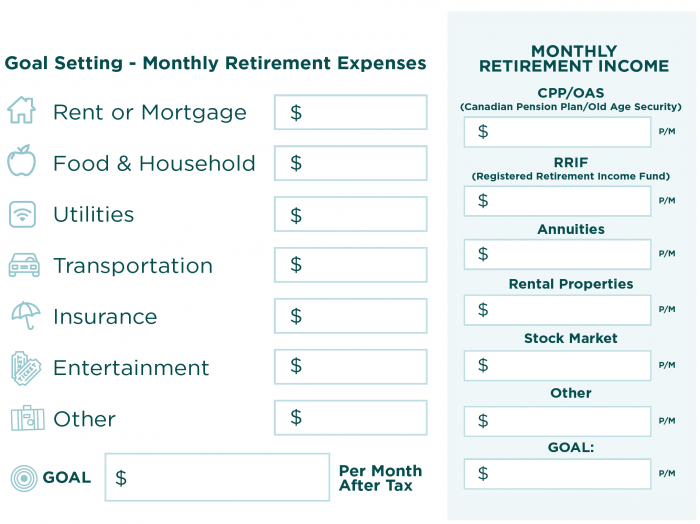Investment Properties.
So, you are looking to purchase a second property! Congratulations! This is a great opportunity for you to expand your financial portfolio and ensure stability for the future. However, before you launch into this purchase there are a few things you should know, depending on which type of second property you are looking to purchase.
SECOND PROPERTY WITH INTENTION TO RENT
Buying a property for the purpose of renting it out to someone else comes with different qualifying criteria and mortgage product options than traditional home purchases. Before you look at purchasing a rental property, there are a few things to consider:
- The minimum down payment required is 20% of the purchase price, and the funds must come from your own savings; you cannot use a gift from someone else.
- Only a portion of the rental income can be used to qualify and determine how much you can afford to borrow. Some lenders will only allow you to use 50% of the income added to yours, while other lenders may allow up to 80% of the rental income and subtract your expenses.
- Interest rates usually have a premium when the mortgage is for a rental property versus a mortgage for a home someone intends on living in. The premium can be anywhere from 0.10% to 0.20% on a regular 5-year fixed rate.
Rental income from the property can be used to debt service the mortgage application, but do bear in mind that some lenders will have a minimum liquid net worth requirement outside of the property. Also, if you do eventually want to sell this property it will be subject to capital gains tax. Your accountant will be able to help you with that aspect if you do decide to sell in the future.
VACATION PROPERTY
While vacation properties are not always the perfect investment, they are popular options for people who want to get away from it all and build memories in! If you’re motivated to head down that road, buying a vacation property is essentially like purchasing a second home.
If you are considering buying a unit within a hotel as a vacation spot (known as “fractional ownership”), it is important to note that if there is any mention of using your vacation home to provide rental income it will be treated like an investment property.
SECONDARY PROPERTY
Most people are trained to stay out of debt and don’t tend to consider using the equity in their home to buy an investment property, but they haven’t realized the art of leveraging. If you’re using equity from your primary residence to buy a secondary property, keep in mind that the interest you’re using is tax-deductible. Consider that you’re buying an appreciating asset, and if you put a real estate portfolio and a stock portfolio side-by-side, they don’t compare.
WHO IS A GOOD CANDIDATE?
You might be surprised to learn that you don’t need to make six figures to get in the game. Essentially, you just have to be someone who wants to be a little smarter with their down payment. Before taking on a secondary property remember that the minimum down payment is 5% of the purchase price – unless you are intending to rent, in which case it is 20% down.
When it comes to purchasing a secondary property, whether for investment or rental or vacation, it can be a great opportunity! As your mortgage broker, I can work to find the best solution for your unique needs.
AIR BNB ON YOUR MIND?
More and More Canadians are hopping on the short-term rental train as Air BnB’s popularity has sky-rocketed over the last few years. It’s not a bad way to earn extra money, but don’t forget there are a few things to consider:
- Check strata/city bylaws
- Contact your insurance provider to get the correct coverage
- Talk to your mortgage broker to see if a short-term income property can affect your approval
- Consider tax implications, and talk to an accountant.
The more services you provide as a host, the greater the chance that your rental operation will be considered a business.




